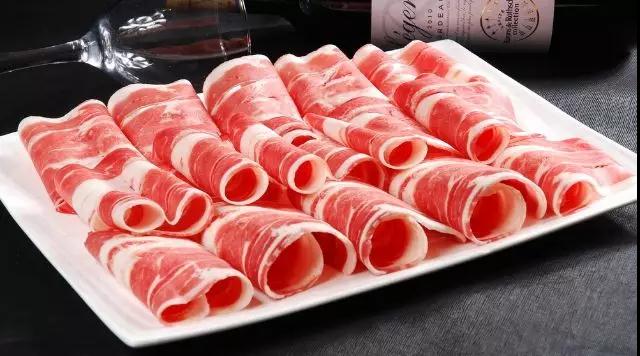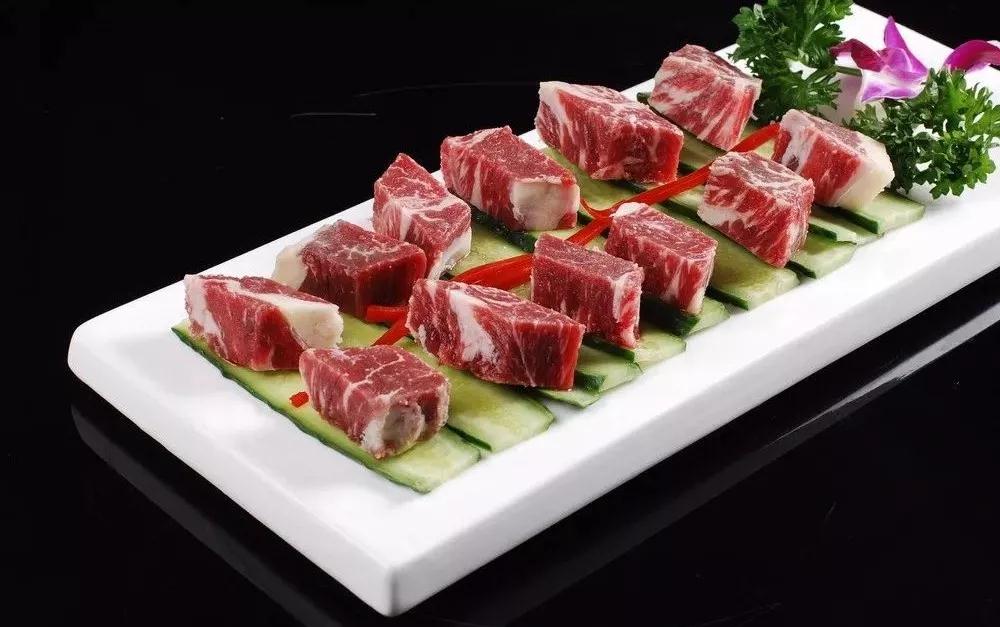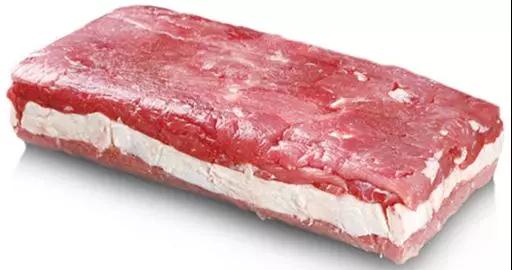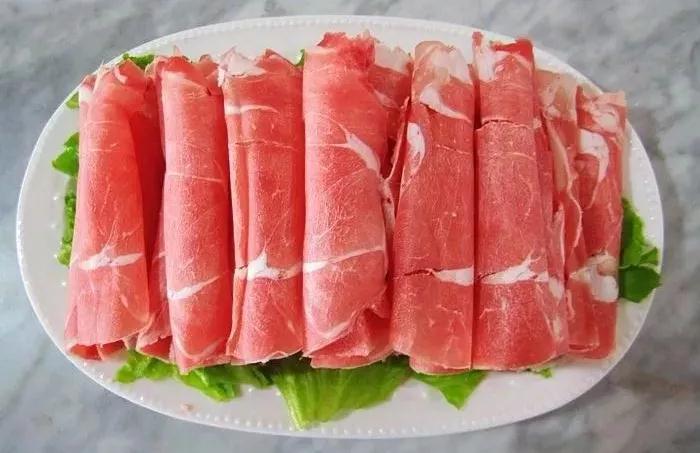GUANGDONG KELONG BIOTECHNOLOGY CO., LTD.
Add: No.5-17 and No.5-32, South area of Qibao Industry and Trade, Huicheng, Xinhui, Jiangmen, Guangdong, China
Tel:+86-750-6978788
Fax:+86-750-6978868
Wechat: 13828063050
Website: http://www.kelongbio.com
Email: export@kelongbio.com
marketing@kelongbio.com
In recent years, along with the rise of sausages, pills and steaks, major meat additives such as water retention agents, color retention agents, and TG enzymes have been rapidly developed, and their properties of improving taste and cost are being increased. Accepted by product manufacturers, it has been widely used in food provinces such as Shandong, Hebei, Henan, and Fujian.
At the same time of rapid development, the meat additive industry is also facing many problems - the proliferation of small manufacturers, the uneven qualifications of enterprises, and the symmetry of information.
01
Water-retaining agent, color-protecting agent, TG enzyme, and “three big protection methods” for processing meat products
“There are not many types of meat additives, and the water-retaining agent (complex acidity regulator) is the most widely used.” Li Feng (pseudonym), a senior technician in the beef and mutton industry, said in an interview with the frozen food media reporter that “currently, water retention” It is used in most provinces and is generally used to process products such as beef, mutton, steak, and beef."
It is reported that the water-retaining agent can be added to the product according to the quantity stipulated by the national food safety standard, and combined with a certain process (rolling, injection), the water holding capacity inside the food can be improved, and the taste, flavor and shape of the food can be improved. "The main function of the water retention agent is to adjust the pH to be higher than the isoelectric point of the meat protein (pH 5.5), thus ensuring the tenderness of the meat." Li Feng said.

Another commonly used color-protecting agent can be used to prevent and inhibit the oxidative decomposition of unsaturated fatty acids, and to avoid browning, dullness, graying, etc. of the color of the meat after oxidation. However, in specific applications, the role of a single antioxidant is limited, and the drawbacks are obvious. Li Feng believes that in order to achieve a more perfect antioxidant effect, a variety of antioxidant raw materials need to be scientifically compounded to synergistically.
In addition, the binder TG enzyme (glutamine transaminase) used to splicing and conditioning meat products has also achieved great development in recent years. TG enzyme is a kind of catalyst, which is made by yeast, glycerin and corn flour as raw materials, extracted, filtered and concentrated. "Binder can catalyze the covalent cross-linking between the peptide proteins in meat proteins, and improve the structure of the protein to achieve a bonding effect, which is not known to be glued," Li Feng said.
Among the above three meat additives, water retention agents appeared the earliest in 2010. "At that time, the country has not begun to import large quantities of beef and mutton. The water-retaining agent was first applied to domestic meat." Li Feng recalled, "In those days, manufacturers basically could not buy water-retaining agents. Some meat processing in Hebei. In order to improve the taste of meat products, the factory avoided eating too much firewood and began to try to use water-retaining agents to improve the water retention of meat."

Under the leadership of this wave of pioneers, water retention agents were quickly accepted by the industry. For the producers, with the addition of water retention agent, the meat yield can be increased by 20% to 30%. The water retention agent not only does not become an increase in cost, but also effectively reduces the cost. As the meat products processed with the water retaining agent are more tender and smoother, the water retaining agent market is increasing.
02
"Three no" small factory increased, but the advantages of regular manufacturers are obvious
Behind the hot water retention market, there are still many problems. Jinan Chengtai Wanhe Food Ingredients Co., Ltd. is a well-known water-retaining agent manufacturer in China. Its sales manager Zhang Hu said in an interview with the frozen food media reporter that the market situation of water-retaining agent in the past two years is very good, because the production threshold is not high. A number of new manufacturers have emerged, including some small factories without research and development, no labels, and no after-sales.
“The water retention agent market is quite messy. Many (water retention agent) manufacturers (after leaving the company), just make a recipe, find two workers, and start production. Now only two or three people’s water retention agent processing plant A lot of it has been distributed all over the country, causing a mixed situation." Zhang Hu introduced.
It is reported that the processing difficulty of water retention agent is not high, the core lies in the research and development process of scientific matching, but many small factories do not have independent research and development departments, and do not have research and development capabilities. For example, Zhang Hu said that the water-retaining agents produced by some factories are not labeled, and the boss himself has no awareness in this regard.

Of course, the radiation radius of these small factories is generally very short, only sold locally and in the surrounding areas, not far away. However, due to price and other factors, some small meat processing plants will also choose their products. This is a hidden danger of food safety, which hinders the development of the industry in a healthy and orderly manner and needs to be changed.
Although some water-retaining agents and color-protecting agents have disrupted the market with low quality and low price, Zhang Hu said that large manufacturers do not have to take care of these small factories. Because these small factories have limited market radiation capacity, the products are extremely single and difficult to compete with regular manufacturers.
"After throwing away Taiwanese companies, there are only a few manufacturers that have done a good job in the field of water retention agents and color protection agents. Everyone knows very well and can get new products from each other very quickly." Zhang Hu said that they Several large manufacturers have maintained rapid development speed of new products, and often learn from each other, learn from each other and move forward together.
“Like the large meat products manufacturers such as Horqin and Hengdu, several of our major manufacturers have also assumed the responsibility of developing new products for the industry. We have a complete quality inspection system, and we have a research and development department, which will be developed every quarter. A few new products have been tested and accepted by the market.” Zhang Hu believes that although the market has been a bit chaotic in the past two years, after this period of time, supervision will become more and more strict, and small manufacturers that are not standardized will be “cleared” by then. Going out, the industry will move in the direction of standardization.
Li Feng believes that with the great development of the meat products industry, the meat processing will become more and more intensive and the additive market will become larger and larger. “Inner Mongolian beef and mutton processing companies that used not to use additives in the past have also begun to try to use additives. This is a stable method of safely improving the taste, and there is no reason for the company to refuse.”

At the consumer level, Zhang Hu said that with the advancement of the concept of consumption, nowadays, people no longer mention the additive color change, of course, according to the requirements of national security standards. “The water retention agent and color protection agent industry are booming. There are already many large-scale enterprises, but the industry oligarchs have not yet formed, and there are still many opportunities for the majority of additive manufacturers.”
03
The TG enzyme pattern is clear, and the market is “three-legged”
Unlike the chaotic conditions in the water retention and color protection industries, the TG enzyme market is clearer and clearer. "TG enzyme has been applied to steaks, thousands of pages of tofu since 2012. Until today, there are three domestically produced 'original enzymes', namely Yiming, Dongsheng and Qingrui." Jiangsu Yiming Biological Co., Ltd. The company (referred to as "Jiangsu Yiming") Yang introduced this in an interview.
Globally, TG enzymes were first used in Japan, mainly for the bonding of minced meat. In China, Jiangsu Yiming was one of the first companies to produce TG enzymes, which began in the 1980s and then went through state-owned enterprise restructuring. “With nearly a decade, we have only spent three months producing TG enzymes every year to meet the needs of the whole year. I can imagine that the market capacity at that time is very small.” Manager Yang recalled that before 2012 The TG enzyme market has been tepid.
Until 2012, with the rise of steaks and other products, TG enzymes soon ushered in "spring." The annual sales of Jiangsu Yiming has also increased from 50 million to 60 million yuan in the past to 200 million to 300 million yuan. Today, production must be stepped up every month to meet the order.

“Guangdong, Fujian, Hebei, Shandong, Henan and other major food provinces use very large amounts of food.” Manager Yang said, “Because the output has gone up, the price of TG enzymes has also fallen. One kilogram of TG enzyme used to cost more than 1,000 yuan. Less than 100 yuan."
“The production of TG enzymes is very large in the early stage. There must be fermenters. The environment and sanitation should also meet the standards. The investment in fixed assets is between tens of millions and 100 million yuan.” Manager Yang said that it is such a high barrier to entry. Preventing the growth of small factories, domestic TG enzyme manufacturers are numerous.
From the lack of a counterpart market to the perfect fit for meat processing, TG enzymes are accepted by more and more manufacturers. Under the premise of information symmetry, after the additive manufacturers and the meat manufacturers dock, they will soon be able to come up with a set of input-output ratio schemes, whether it is applicable at a glance.
At present, the domestic TG enzyme market is “three pillars”. Manager Yang estimates that the market capacity of TG enzyme is 50,000 to 600 million yuan per year. “But with the further development of the meat products industry and the expansion of other industries such as cosmetics and medicine, domestic TG The enzyme market will soon be 10 billion."